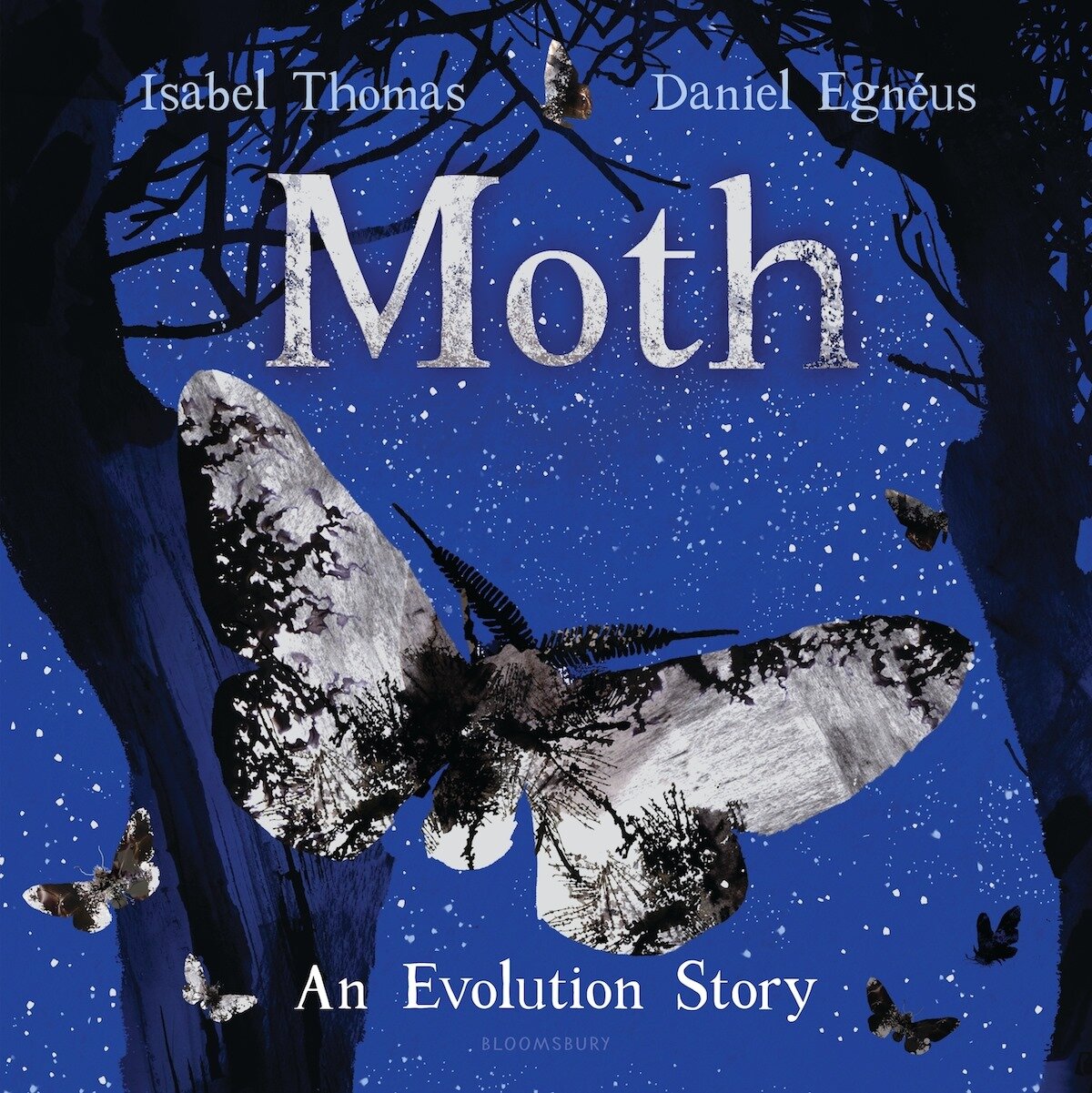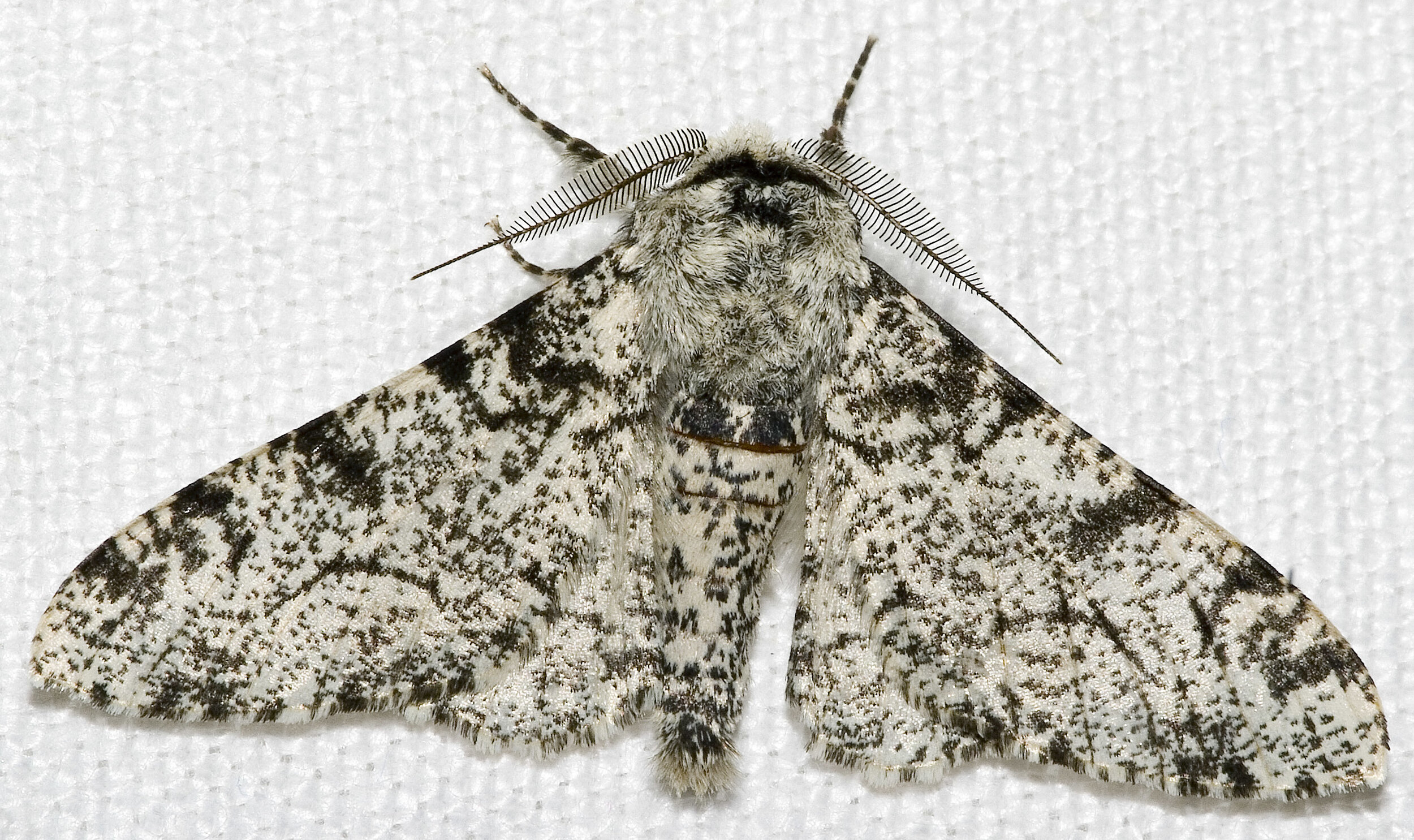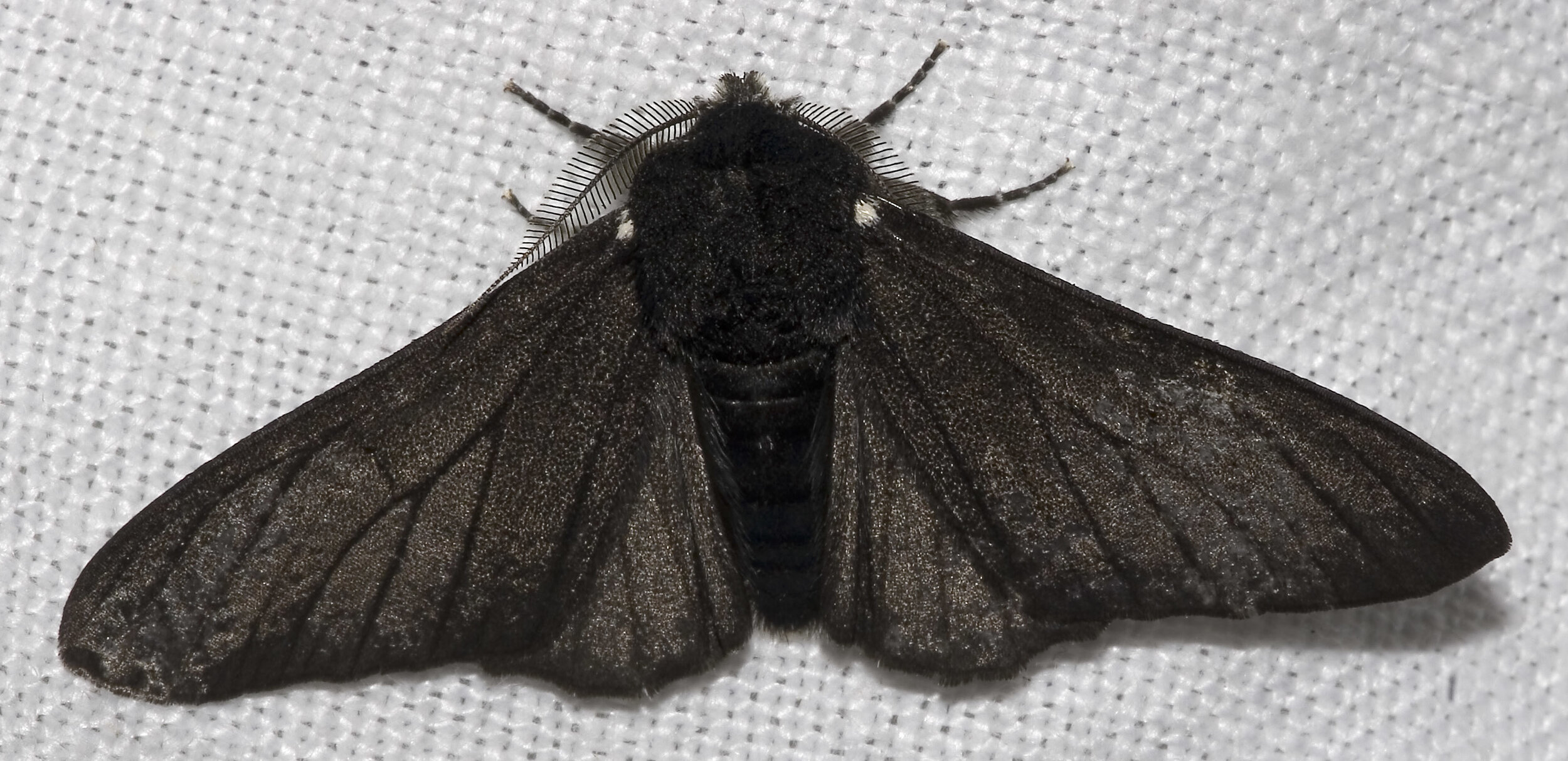Critter Camouflage
Have you heard the story of the peppered moth? Once upon a time, there lived a light-colored moth that could sit, unnoticed by birds, on speckled trees because they matched the bark colors. However, its friends, the dark-colored moths, were far easier to spot on tree trunks, as bird food, because they did not match the bark. Then came the Industrial Revolution, which brought soot and other pollutants that covered the trees, causing the white-bodied moths to become the easy target for bird food and the dark-colored moths to be safe!
The adaptation and evolution of the peppered moth in response to the evolving human world is an amazing story! It is a great example of how animals can use camouflage to blend into their surroundings in the wild for protection. Use your artistic skills to color a moth and test its hiding ability with your family and friends to see if they can spot your camouflaged critter!
Tools
Pencil and paper
Read-Along video for the story, Moth, with the author Isabel Thomas
Color the Critter Sheet (download and print)
Coloring utensils (markers, crayons, paint, etc.)
Moth: An Evolution Story (optional)
Camera (optional)
Steps:
First, we need to have a good understanding of camouflage, also known has disguising oneself. Think about your favorite wild animal. What colors does it have and how does that help it hide where it lives? Next, play a few games of hide and seek with your family and/or friends. After a few rounds of the game, can you answer these questions: who was easiest to find and why? Who is the hardest to find and why? How might you change your clothes or appearance to blend into your hide-and-go seek surroundings better?
With your newfound knowledge of what camouflage means, take it one step further and watch the Read-Along video (see in the Tools section) to learn about one of the best camouflaged animal species, the peppered moth.
Now, it’s time to design! Pick a place that you want your moth to blend with, whether in your room, your house, or your backyard. Record some notes about colors and patterns you see on a piece of paper, even take a picture to remind you.
Use your notes and the Color the Critter Worksheet (in the Tools section) to color your own moth in whatever camouflage pattern you see fit.
When you have completed your masterpiece, cut it out and place it in the environment you chose. Then test your camouflage design by letting family and friends try to find your hidden creature. If you are up for the challenge, take a photo of your design while it’s hidden in your landscape and we will reshare your image with our community to see if others can find your moth!
To Do or Learn More:
Discover the secrets of animal camouflage with Scholastic’s Critter Camouflage Science Activities.
Explore Where in the Wild, an interactive book exploring camouflaged creatures.
For an interactive lesson about the peppered moth try the Picking off the Peppered Moth Game by Arizona State University.
Read Moth: An Evolution Story, the 2020 Children’s Science Picture Book Winner of the AAAS/Subaru Book Prize.
Use the Science NetLinks interactive Tool Nowhere to Hide to dive deeper into natural selection and evolution in the natural world (must allow Flash Player). Teachers: The Science NetLinks Lesson, Nowhere to Hide, provides suggestions for classroom use.


